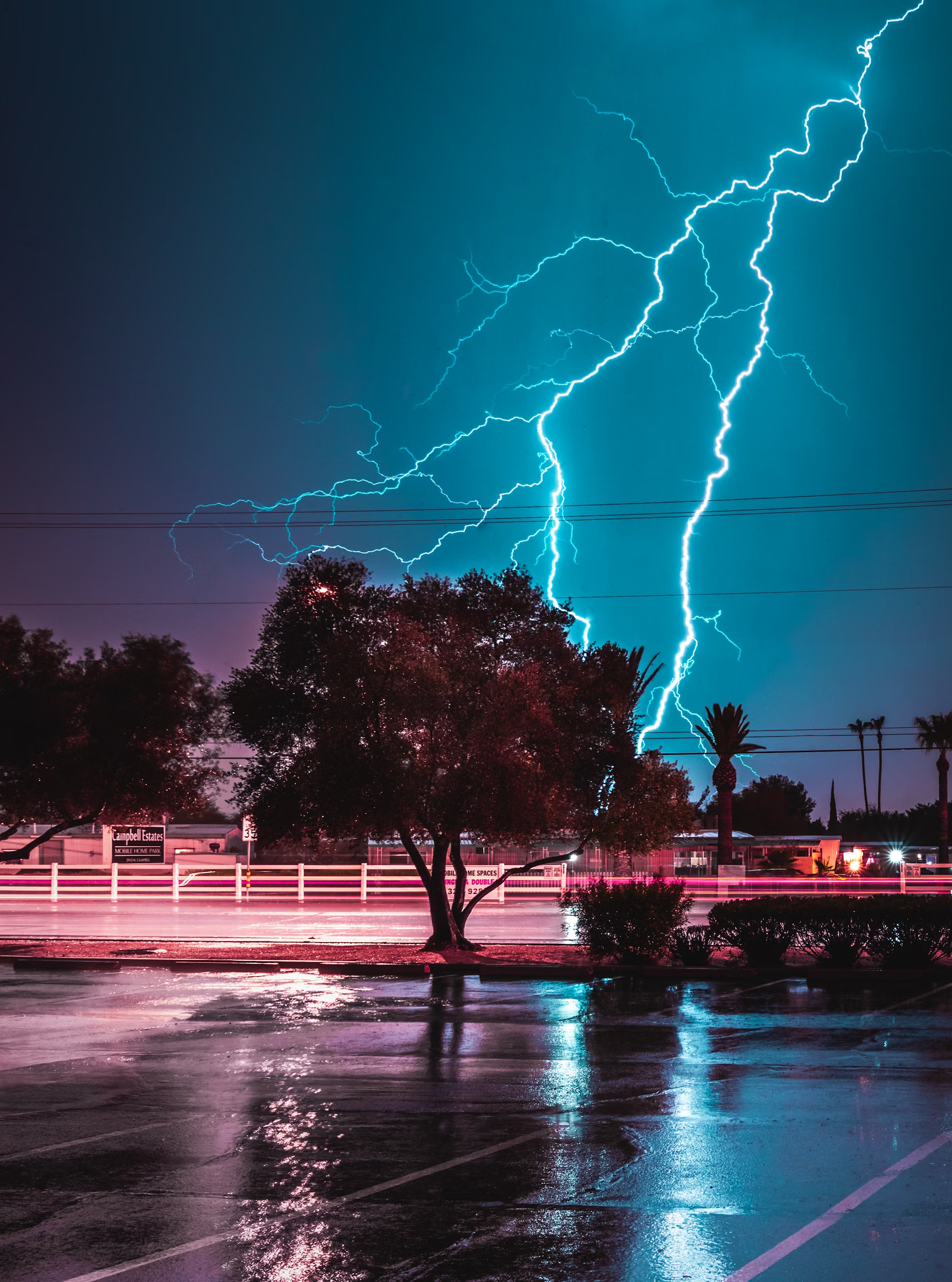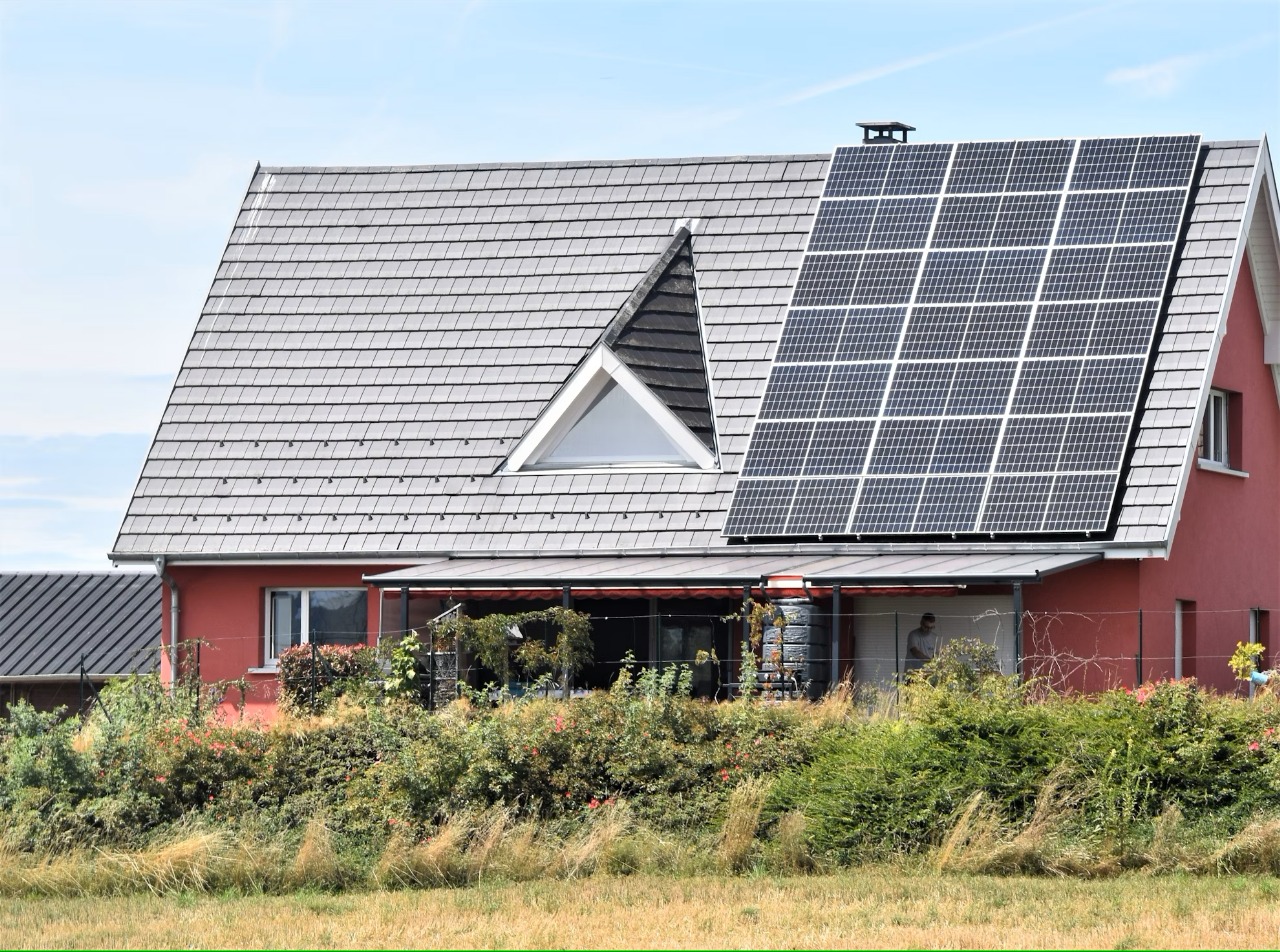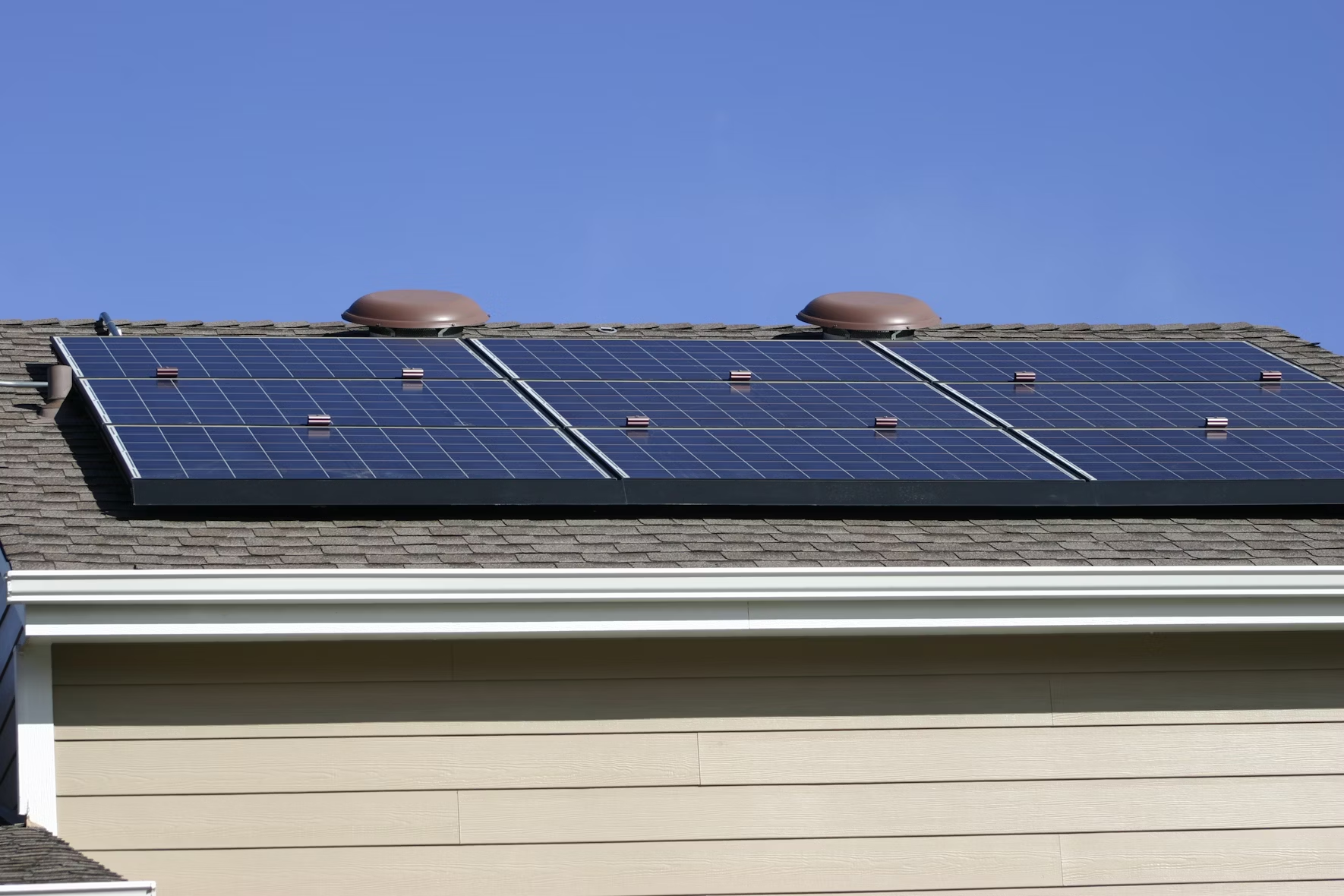Safeguarding Your Solar Investment: A Deep Dive into Lightning Arrestors and Earthing Systems

In our previous blog, we highlighted the importance of lightning arrestors and earthing systems in safeguarding solar power installations. Today, we delve deeper into these critical safety measures, explaining how they work, their relevance in the Indian context, and how they protect your solar investment from lightning strikes and voltage surges.
Picture This Scenario
It’s a sweltering summer evening, and your rooftop solar panels are quietly generating electricity to power your home. Then, a sudden thunderstorm rolls in, and lightning strikes nearby. That single moment can spell disaster for your solar system, leaving it vulnerable to damage and operational downtime. Thankfully, with proper lightning arrestors and earthing systems in place, your investment remains secure.
Why Are Lightning Arrestors and Earthing Systems Crucial in India?
India’s tropical climate and geographic diversity make it highly prone to thunderstorms, particularly during the monsoon season. According to data from the Indian Meteorological Department (IMD), lightning incidents caused over 2,800 fatalities in 2021 alone, not to mention the extensive damage to infrastructure. Solar power systems, being elevated and metallic, are particularly susceptible.
The Risks of Unprotected Solar Installations
(i) Damage to Solar Panels: Photovoltaic (PV) cells are fragile and can easily be destroyed by voltage surges.
(ii) Inverter Failure: Inverters, the heart of solar systems, are highly sensitive to power fluctuations.
(iii) Cable and Insulation Damage: Lightning-induced surges can burn through cable insulation, leading to short circuits.
(iv) Communication System Disruption: Monitoring equipment may be rendered useless due to voltage spikes.
How Lightning Arrestors Protect Your Solar System
Lightning arrestors act as the first line of defence, absorbing excess voltage from lightning strikes and safely redirecting it to the ground.
Surge Protection Devices (SPDs)
These devices limit the voltage rise during a lightning strike and prevent damage to sensitive equipment. For e.g. some manufacturers offer Type 2 Photovoltaic Surge Protection Device rated at 1,200 V DC, capable of handling a maximum discharge current of 40 kA. This device is designed to protect solar installations from voltage surges, underscoring the necessity of incorporating SPDs in solar power systems.
The Vital Role of Earthing Systems
While lightning arrestors absorb and redirect high-voltage surges, earthing systems provide a safe pathway for fault currents to dissipate into the ground.
Key Components of Earthing Systems
1. Earth Rods: Conductive rods, often made of copper, are buried deep in the ground to provide a low-resistance path for electrical currents. Manufacturers’ offer a range of copper-bonded earthing electrodes designed for various applications, including solar power plants. These electrodes are designed to provide a low-resistance path to the ground, ensuring equipment and personnel safety.
2. Earth Electrode Systems: A network of electrodes enhances grounding efficiency, particularly for large-scale solar parks.
Reports indicate that the Bhadla Solar Park in Rajasthan suffered significant damage during a massive storm on April 17, 2019, with wind speeds reaching up to 130 km/h, leading to damage of numerous solar panels. This incident underscores the vulnerability of solar installations to extreme weather events and highlights the importance of implementing effective protective measures, such as robust earthing systems and surge protection devices, to mitigate potential damage and reduce downtime.
What Happens During a Lightning Strike?
When lightning strikes a solar installation equipped with protection systems, the process unfolds as follows:
1. Lightning Arrestor Acts First: It absorbs the surge and channels it toward the earthing system.
2. SPDs Limit Voltage: These devices cap the voltage to a safe level, protecting sensitive components.
3. Earthing System Grounds the Current: The excess current is safely dissipated into the earth, away from equipment and personnel.
4. Equipotential Bonding Prevents Shocks: By equalizing voltage, it ensures no harmful differences exist between components.
For instance, a study titled “Design and Evaluation of Earthing and Lightning Arrester for Grid Connected Solar Prototype System” emphasizes the critical role of properly designed earthing and lightning protection systems in safeguarding solar power plants. The research outlines methodologies for designing and testing these safety measures to ensure the protection of solar photovoltaic (PV) installations.
What’s the Cost of Protection vs. Neglect?
Investment in Safety
· For residential systems, lightning protection measures can start from ₹10,000 to ₹30,000.
· For commercial-scale systems, the cost ranges between ₹3,00,000 to ₹8,00,000, depending on the complexity and size of the installation.
Cost of Neglect
· Replacing damaged inverters can cost upwards of ₹1,50,000 for a single unit.
· Downtime for a commercial solar plant can result in losses exceeding ₹5,00,000 per day, especially during peak production months.
The Long-Term Benefits
Investing in lightning arrestors and earthing systems isn’t just about safety—it’s about securing your returns and ensuring operational reliability.
1. Enhanced Lifespan: Prevents damage to critical components, extending the system’s life.
2. Improved ROI: Minimal downtime and repair costs translate to better financial returns.
3. Compliance: Meets safety standards and regulatory requirements in India, such as the National Building Code.
A Sustainable Future, Secured
Lightning arrestors and earthing systems may not be the most visible components of a solar installation, but their importance cannot be overstated. By investing in these safety measures, you protect not just your solar panels but also your commitment to a sustainable future. Let’s work together to secure your solar investment and ensure uninterrupted clean energy for years to come. Get in touch with us today to learn more about lightning and earthing protection systems tailored for your needs.
- Cable and Insulation Damage: Lightning-induced surges can burn through cable insulation, leading to short circuits.
Lorem ipsum dolor sit amet, consectetur adipiscing elit. Ut elit tellus, luctus nec ullamcorper mattis, pulvinar dapibus leo.
Lorem ipsum dolor sit amet, consectetur adipiscing elit. Ut elit tellus, luctus nec ullamcorper mattis, pulvinar dapibus leo.


No Comment! Be the first one.